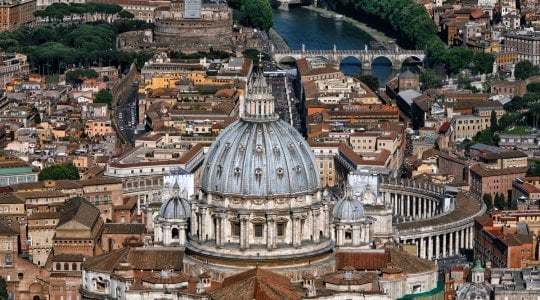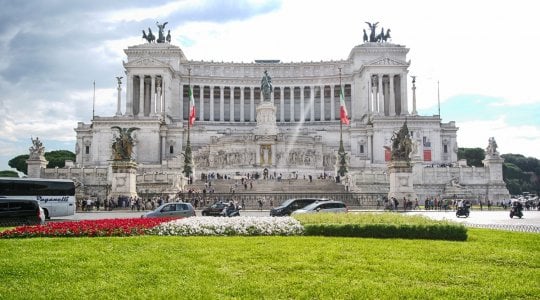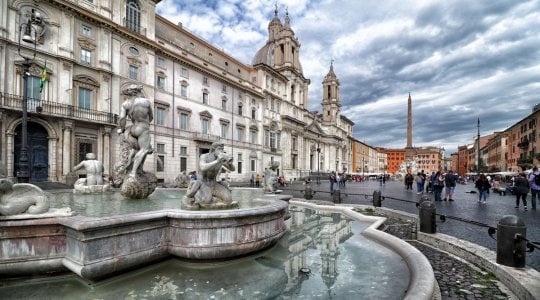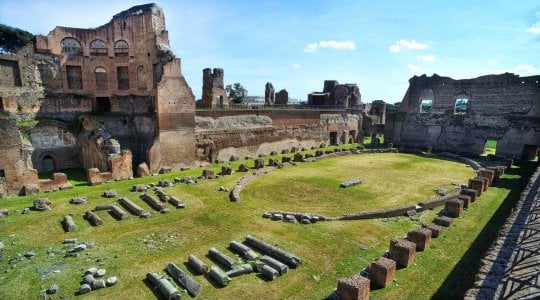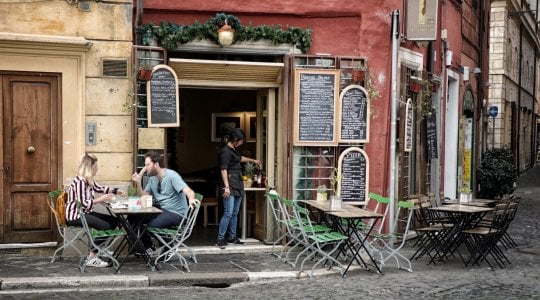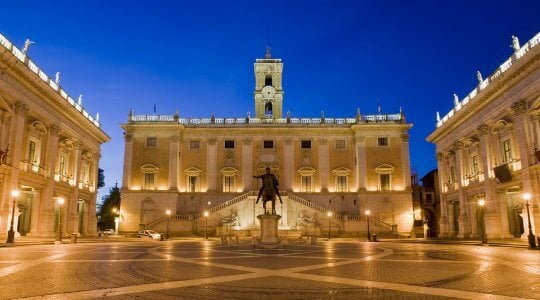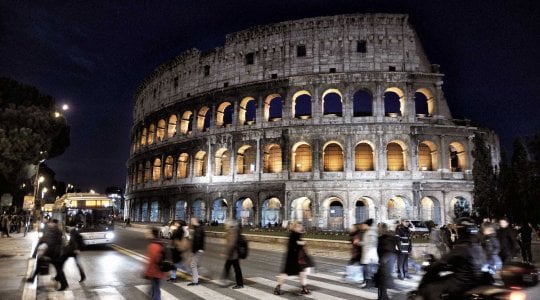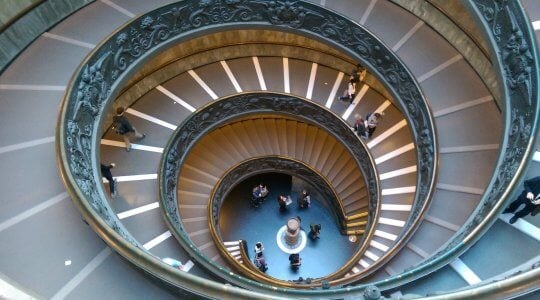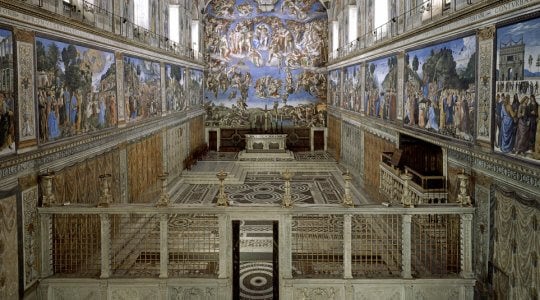Official Reseller Rome and Vatican – Jubilee 2025
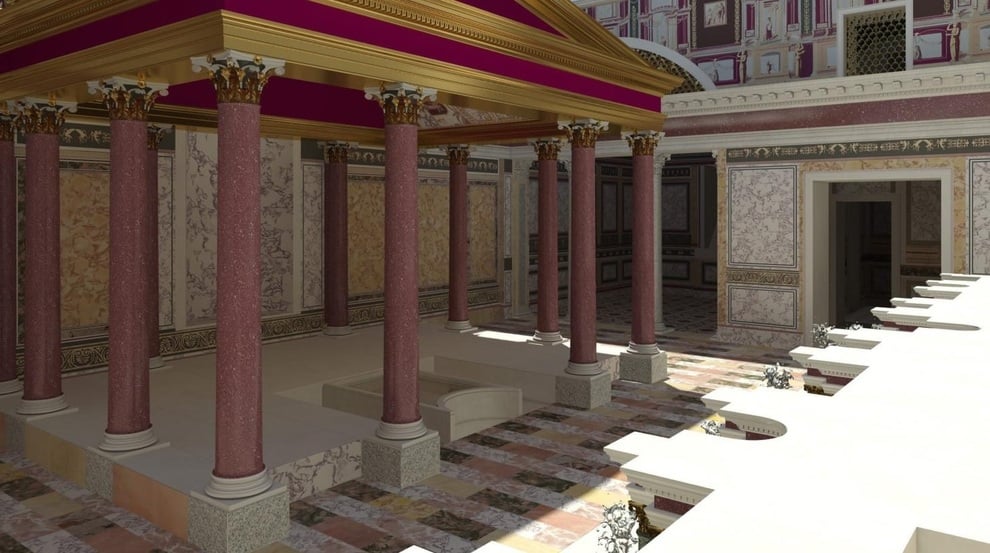
Nero’s Domus Transitoria reopens
The almost unknown Domus Transitoria
When we talk about the luxurious imperial dwellings of ancient Rome on the Palatine Hill, one of the famous seven hills of Rome as well as the nerve center of Roman history and culture, the mind immediately returns to the building called Domus Aurea, which belonged to the eclectic Emperor Nero.
However, not everyone knows that the emperor, to whom the historical sources attribute the fire that almost completely destroyed the center of Rome, had commissioned in the previous years the construction of a different structure that was made unusable by the unfortunate event: the Domus Transient.
The name of the structure is justified by its gigantic size, which even allowed it to connect two different zones: it was in fact an important building connecting the Palatine Hill to the current Esquiline zone (the hill where Roma Termini station currently stands).
As already mentioned, therefore, following the destruction of this first residence, Nero ordered the construction of another villa, the even more luxurious Domus Aurea, which seems to be connected to the ancient residence. Indeed, it seems that some parts of the Domus Transient are preserved below the Domus Flavia, an area belonging to the Emperor Domitian.
Restoration work and opening to the public
The reason why the Domus Transient is almost unknown to all those who are not great experts in Roman architecture lies in the fact that for a good 70 years the remains had not been made accessible to the public, except sporadically. Only next April, as declared by Alfonsina Russo, on behalf of the director of the archaeological park of the Colosseum, the building will be open to the public, who will be able to enjoy not only the view of the structure, which will be accessed through a delicate original staircase (not subject to restoration), but also a reconstruction of the appearance that the Domus Transient must have had at the time of its inauguration, thanks to the help of technology. The works that have affected the dwelling have continued uninterruptedly for many years and concerned not only the restoration of historically relevant contents, but also the safety of the whole structure, with the optimization of a frame built in the second half of the last century.
The paintings of the Domus Transient
Even if the fire and the damnatio memoriae (a process through which the ancient Romans completely banished Nero and all his work from memory following his death, because of his wickedness) didn’t allow the perfect conservation of the structure, around 1920 frescoes and paintings belonging to the Domus Transient were discovered in the triclinium of the Domus Flavia (which proves, among other things, that the building of the Flavians was built on the ruins of Nero’s first residence). These paintings do nothing but demonstrate the veracity of the words of Suetonius, who described Nero’s abode as a place characterized by pomp, gold and luxury. And indeed, these paintings are characterized precisely by the wise and delicate as well as luxurious combination of painting and precious stones, which restored light and brilliance to the rooms of the building. The same applies, of course, to the floors, which were made of brightly colored marble. The subjects of the representations were very varied, considering also the large extent of the walls; those currently preserved, however, describe the adventures of many heroes described by Homer.
The nymphaeum and the ancient water games
Anyone who has had the opportunity to visit the remains of the Domus Transient can do no more than assert that it is an extraordinary monument. In particular, the structure’s nymphaeum is a place of inestimable value and indescribable beauty. Found under the Baths of Livia, the structure that was dedicated to the nymphs had numerous columns arranged in an arc which, thanks to polychrome marble niches, made the water flow in rhythm with the main waterfall, a fundamental attraction of the nymphaeum. Moreover, everything had been built so that Nero and his guests could lie down and enjoy the spectacle generated by this unique architectural complex, finding relief during very hot summer days.
Although incomplete, the current reconstruction aims to give a precise idea of what the initial show was, which made the Domus Transient gorgeous and splendid.
How to reach the Domus Transient and what to visit nearby
As already mentioned, the Domus Transient is located on the Palatine Hill, so there are certainly no problems in finding other places to visit. Suffice it to say that the Domus Transient partly coincides with the remains of the Domus Aurea, which is located in the immediate vicinity of the Colosseum.
Of course, a short distance away you can reach the Circus Maximus, another great monument of Roman culture, as well as the Baths of Caracalla and all the other luxurious imperial residences.
Being the nerve center of Roman culture, reaching the archaeological site is not complicated at all. It is not advisable to travel to the area by car. In fact, if you depart from Rome Termini by taking the MEB or MEB1 line towards Laurentina you will reach the Colosseum, or the Circus Maximus Metro Stations in just a few minutes.
In this area, there are also numerous bus stops, which usually depart from Rome Termini and reach all the main attractions.
